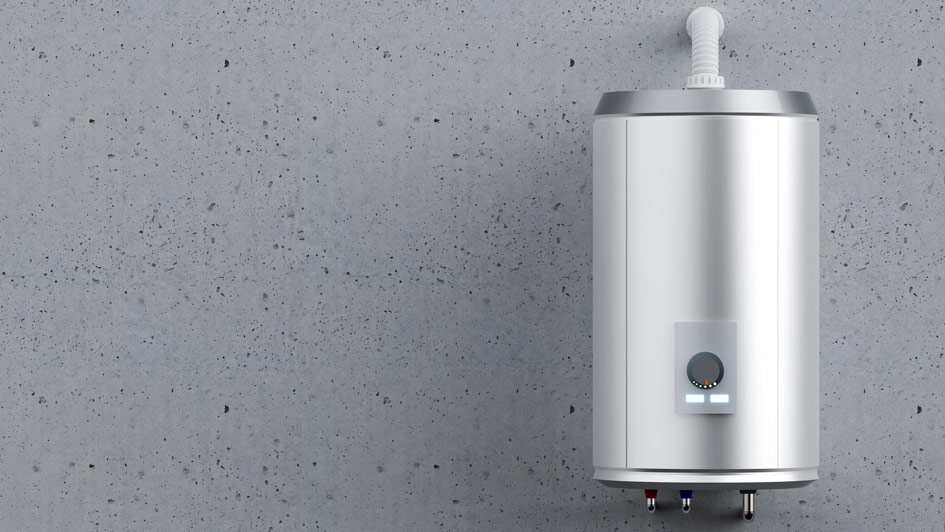
You might already have “smart” devices and appliances installed throughout your home without even knowing it. If you can adjust your thermostat from your smartphone or turn your lights on and off while you’re on the other side of town – those are considered to be smart devices.
Even plumbing products are increasingly “smart” these days. Smart plumbing products may include smart water heaters, smart leak detectors, and smart water monitors.
Installing smart plumbing devices and appliances can apply an extra layer of convenience and safety to your home, as well as reduce your daily water usage and monthly water bills. Keep reading to learn more about the benefits of installing smart plumbing products. And if you’re considering adding one to your plumbing system, see to it that you have the help of a trusted plumber in Reinholds.
You might already have “smart” devices and appliances installed in your home without even knowing it. If you can adjust your thermostat from your smartphone or switch your lights on and off while you’re on the other side of town – those are considered smart devices.
Even plumbing products are increasingly “smart” these days. Smart plumbing products may include smart water heaters, smart leak detectors, and smart water monitors.
Installing smart plumbing devices and appliances can apply an extra layer of convenience and security to your home, as well as lower your daily water usage and monthly water bills. Keep reading to learn more about the advantages of installing smart plumbing products. And if you’re looking into adding one to your plumbing system, be sure you have the help of a trusted plumber in Reinholds.
Smart Leak Detection Systems
When a pipe leaks or your basement or crawlspace floods due to heavy rain, it’s quite obvious that your home is experiencing a serious water leak that can cause extensive damage. But some leaks aren’t as noticeable. Even small water leaks from appliances or plumbing pipes can eventually add up, contributing to higher bills and potential damage to your home.
That’s where a smart water leak detector can help. Leak detectors should be installed in bathrooms, basements, beneath the kitchen sink, and close to water-using appliances. Smart leak detectors supervise home water usage and alert you through your smartphone if there is irregular water usage in your home – which can mean there's a leak hidden away. They will also alert you if they notice a leak, or a running toilet.
If you’re on vacation and your water heater suddenly springs a leak, you’ll be informed right away through your smartphone so you can contact a professional to get the leak patched and prevent further damage to your home.
Energy Efficient Smart Water Heaters
Were you aware that the standard water heater accounts for about 12% of a family’s energy expenditure, second only to your heating and cooling system? To keep your hot water heater’s energy usage under control, consider upgrading to a smart water heater. Smart water heaters are equipped with energy-saving and remote controls.
So how do smart water heaters help exactly? Equipped with smart technology, a smart water heater can analyze your home’s water-usage patterns and even estimate usage and make recommended adjustments. Standard tank water heaters, for example, must continuously heat water during the day so hot water is available when you need it. With a smart water heater, though, you can shut your water heater off during the workday when you’re gone or when you’re away for work or vacation.
This can save energy, help lower water bills, improve safety, and give you more control over your appliance. On the subject of control, if you shower at 7 a.m. each day, you can program your water heater to come on at 6:45 so you’ll have hot water ready. Smart water heaters also notify you of any leaks or system errors through your smartphone. If leaks are detected, for example, the smart water heater can automatically switch off. This limits damage to the appliance and your home.
Smart Water Monitoring Systems
Some of us probably have no clue how much water we’re using. Smart water monitors are incredibly useful if you want to decrease your water consumption and save money on your monthly water bills.
Smart water monitors can save helpful data that indicates how much water you use in your home or business and how much each appliance or fixture needs. The bulk of water monitors are equipped with a web-based interface that helps you to supervise water usage in real-time. This kind of information can help you find out if you have an inefficient toilet that needs to be upgraded, or if someone in your household is regularly taking 30-minute showers in the upstairs bathroom–allowing you to make any needed adjustments.
Along with saving money on your water bills, smart water monitors help homeowners improve their carbon footprint to make sure there is plenty of water for future generations to come.
